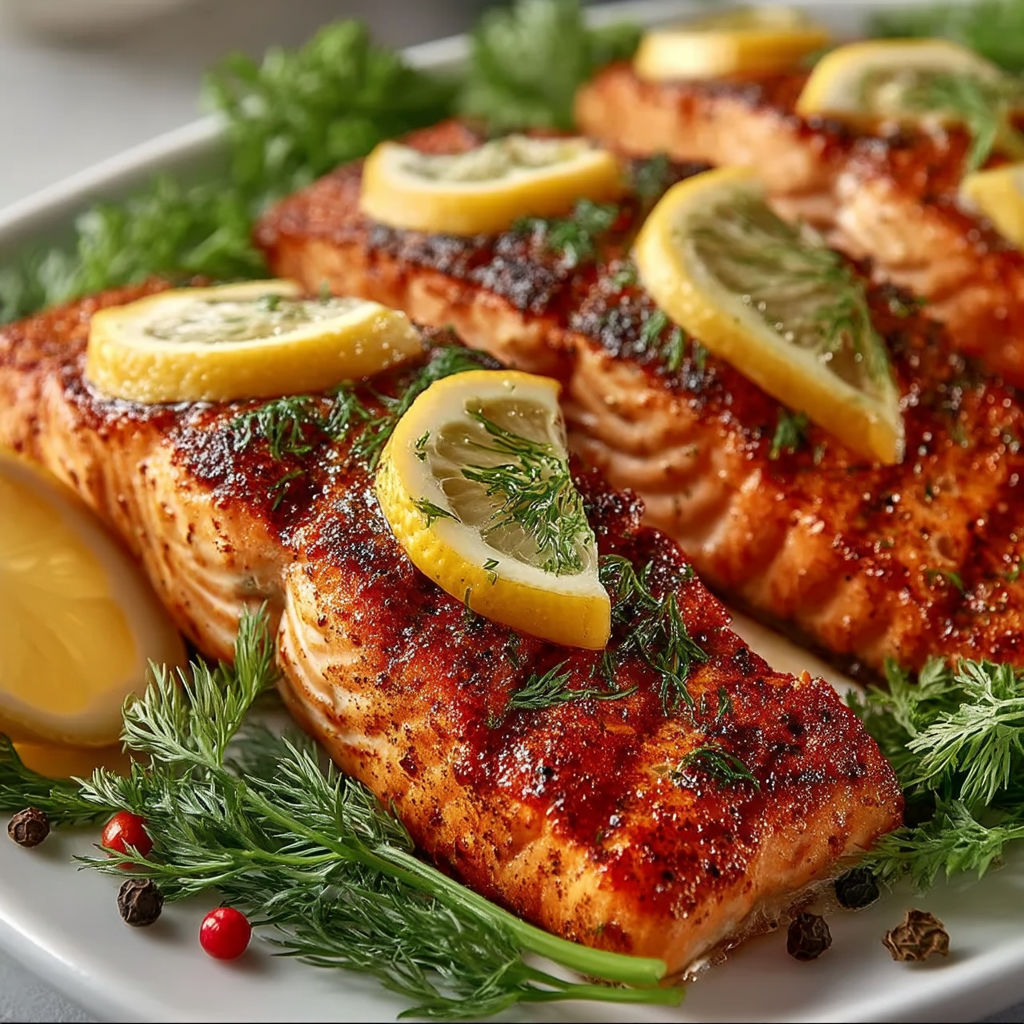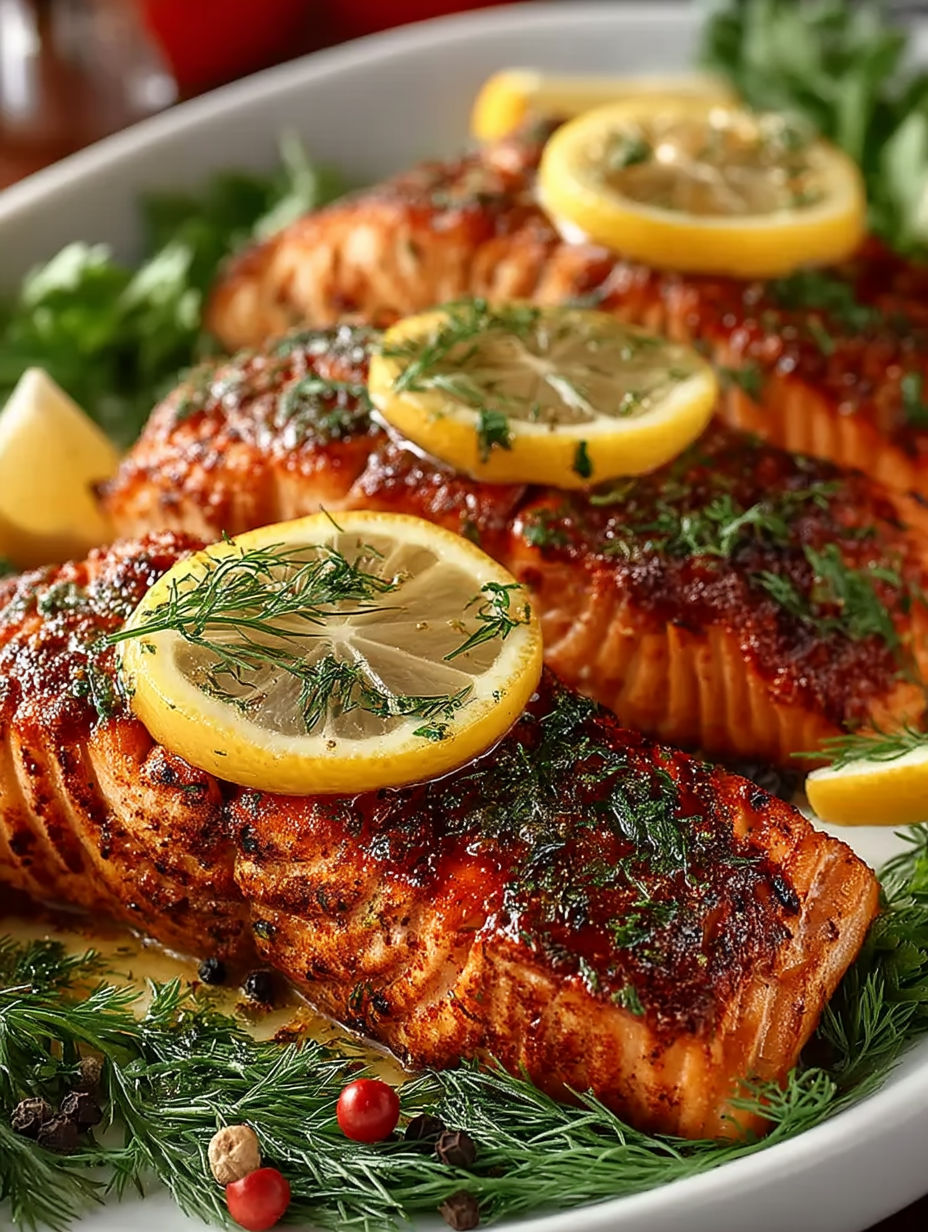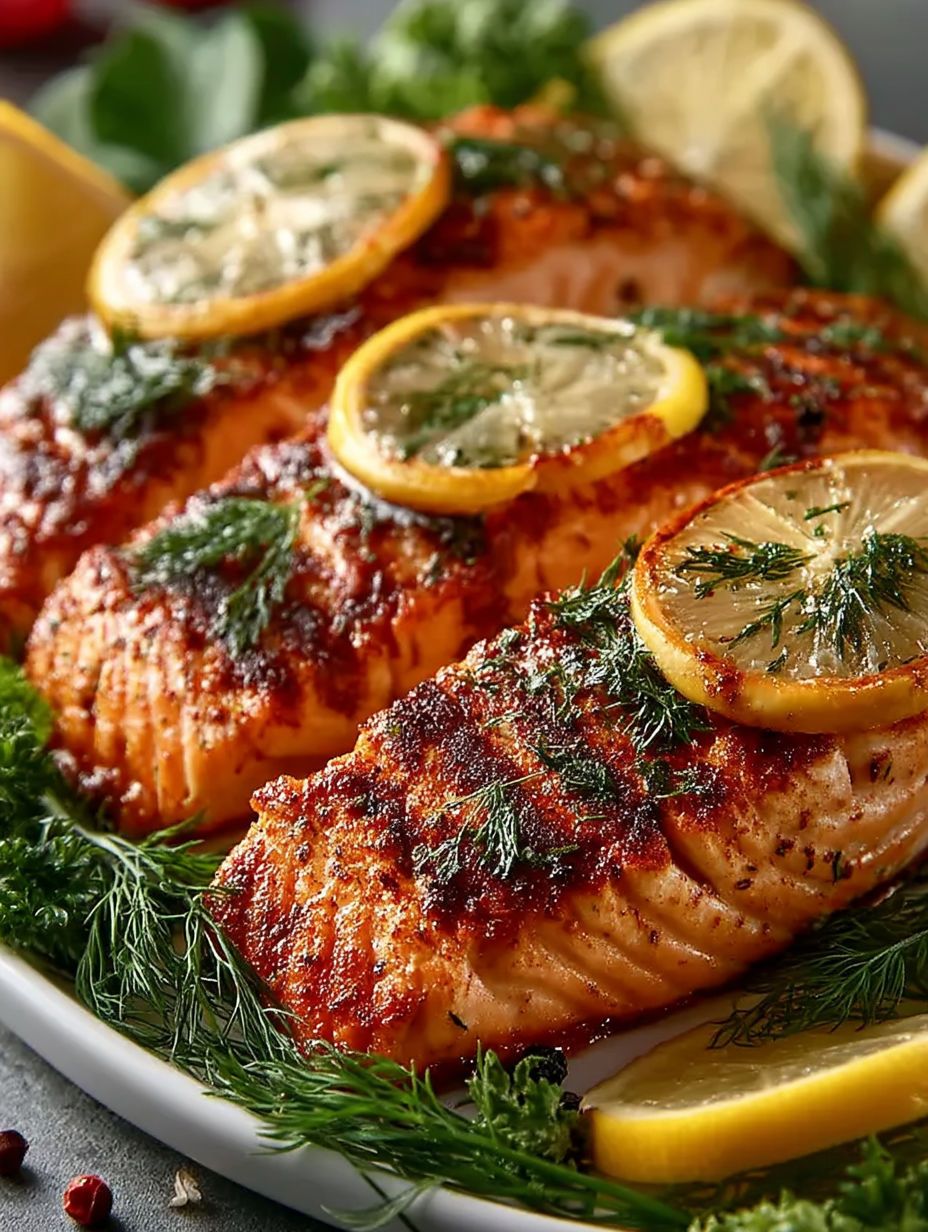 Bookmark
Bookmark
This sous vide salmon recipe unlocks the secret to perfectly cooked, tender salmon every time. Forget about dry, overcooked fish because this method ensures your salmon stays moist and flaky with restaurantquality texture and flavor. Whether you are cooking for a weeknight dinner or an elegant gathering, sous vide gives you control and convenience without the hassle or guesswork.
I first tried sous vide salmon during a dinner party and was amazed at how perfectly cooked every fillet came out. Now it’s a favorite in my home, and even finnicky eaters ask for it by name.
Ingredients
- Salmon fillets: Two 6ounce salmon fillets with or without skin depending on your preference choose firm fresh salmon with vibrant color
- Olive oil: One tablespoon olive oil to keep the fish moist and add richness during cooking
- Kosher salt: One teaspoon kosher salt to enhance the natural flavors
- Black pepper: Half teaspoon black pepper for gentle seasoning
- Lemon: One lemon sliced thinly to infuse a bright citrus aroma
- Fresh dill: Two sprigs fresh dill for that classic herbal note fresh always works best but dried can be used in a pinch
- Garlic: One clove garlic minced optional but highly recommended for subtle depth
- Butter: One tablespoon butter optional to add velvety richness when searing
Instructions
- Sauté the Aromatics:
- Pat your salmon fillets dry with paper towels to ensure the seasoning sticks and you get a nice sear later. Generously sprinkle kosher salt and black pepper on all sides for balanced flavor. Place the fillets into vacuum seal bags or zip top freezer bags.
- Layer in the Flavor:
- Drizzle each piece with olive oil to help lock moisture in the fish. Add a few thin lemon slices on top of each fillet for a pleasant citrus punch. Tuck a sprig of fresh dill underneath the salmon to infuse herbal freshness. Sprinkle minced garlic over the fish if you’re using it. For an extra touch of richness place a small pat of butter into each bag.
- Vacuum Seal or Displace Air:
- If you have a vacuum sealer use it to tightly seal the bags without air pockets. If not use the water displacement method with zip top bags by slowly lowering them into a water bath so the water pressure pushes out air before sealing the zipper completely.
- Set Up the Water Bath:
- Fill a large pot or container with water and attach your sous vide immersion circulator securely on the side. Set the temperature according to how you like your salmon cooked. I recommend 120 degrees Fahrenheit for medium rare with a buttery texture or 130 degrees for a firmer medium cook.
- Cook Gently:
- Once the water reaches your desired temperature submerge the sealed salmon bags fully using a weight to prevent floating if needed. Cook for 30 to 45 minutes depending on thickness. The beauty of sous vide is that the fish won’t overcook if left a little longer.
- Sear for Texture:
- When cooking is done heat a cast iron skillet over medium high heat adding a tablespoon of olive oil. Remove salmon from the bags and discard lemon and dill. Pat dry very well to get a crisp sear. Place the fillets skin side down if using skin on and sear for 2 to 3 minutes until crispy and golden. If skinless sear each side 1 to 2 minutes until nicely browned. Add butter in the last minute and baste for extra flavor.
- Serve Immediately:
- Plate the salmon and garnish with fresh dill lemon wedges or flaky sea salt if you like. Sous vide salmon is best enjoyed right away while tender and juicy.

Fresh dill is my favorite ingredient here because it pairs beautifully with salmon’s natural richness and brightens the flavors. I remember a family dinner where the aroma of dill and lemon filled the kitchen and everyone kept saying how impressive the salmon tasted even though it was so easy to prepare.
Storage Tips
If you have leftovers store cooked salmon in an airtight container in the fridge for up to two days. Avoid reheating in the microwave which can dry it out. Instead gently warm it in a skillet or oven to preserve texture.
Ingredient Substitutions
If you don’t have fresh dill try fresh tarragon or parsley for a different herbal twist. You can substitute lemon slices with lime or orange for a citrus variation. Skip garlic if you prefer a milder profile or swap it with shallots finely minced.
Serving Suggestions
Salmon shines alongside roasted vegetables like asparagus or Brussels sprouts. Creamy mashed potatoes or a quinoa salad also complement the delicate fish well. Try a drizzle of lemon butter sauce for an elegant finish.

Enjoy the tender perfectly cooked salmon straight from the bath with a quick sear for texture. Relax and savor the process.
FAQs About This Recipe
- → What temperature is best for sous vide salmon?
For tender, slightly translucent salmon, set your sous vide between 120°F and 130°F. Adjust higher for firmer texture.
- → How long should salmon cook in sous vide?
Cook salmon between 30 to 45 minutes depending on fillet thickness to ensure even doneness without drying out.
- → Can I sear salmon after sous vide cooking?
Yes, searing in a hot skillet adds a crispy golden skin and rich flavor that complements the tender interior.
- → Should I season salmon before sous vide cooking?
Season fillets with salt, pepper, lemon, and herbs before sealing to infuse layers of bright, fresh flavors during cooking.
- → Is sous vide salmon suitable for weeknight dinners?
Absolutely, sous vide requires minimal hands-on time and delivers consistent, delicious results perfect for busy evenings.
- → What sides pair well with sous vide salmon?
Try roasted vegetables, quinoa, fresh salads, or mashed potatoes to balance the rich and silky texture of the salmon.
